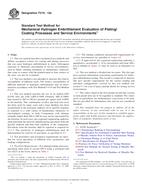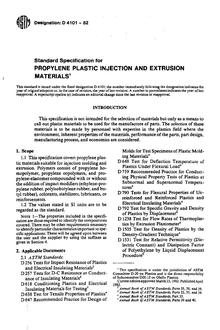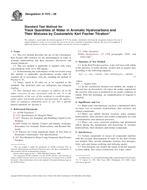1.1 This practice covers preparation and compaction of 102 mm (4 in.) diameter by nominal 64 mm (2.5 in.) high cylindrical bituminous paving mixture specimens by means of the original manual Marshall method and subsequent variations of the method. This practice is intended for use with laboratory and plant produced bituminous mixtures with aggregate up to 25 mm (1 in.) maximum size and for recompaction of asphalt pavement samples.
1.2 There are three types of Marshall compaction apparatus in use. The following types of hammer arrangements are included in this practice:
1.2.1 Manually held hammer handle attached to a flat compaction foot through a spring loaded swivel and is hand operated (original standard developed by the Corps of Engineers).
1.2.2 Hammer handle restrained laterally (fixed) but not vertically attached to a flat compaction foot through a spring loaded swivel and is either mechanically or hand operated. There may or may not be a constant surcharge on top of the hammer handle. Mechanical hammers are available that operate at (1) nominal 55 blows per minute and (2) equal to or greater than 75 blows per minute.
1.2.3 Hammer handle restrained laterally (fixed) with constant surcharge on top of hammer, a slanted compaction foot, rotating mold base, and is mechanically operated.
1.3 Although the mass and height of mass drop for each apparatus are the same, density achieved in compacted specimens with the same number of blows will be different. It is up to the user to establish the specific required number of blows to be used for compaction of the specimen in relation to the field.
Product Details
- Published:
- 08/01/2004
- Number of Pages:
- 6
- File Size:
- 1 file , 110 KB


